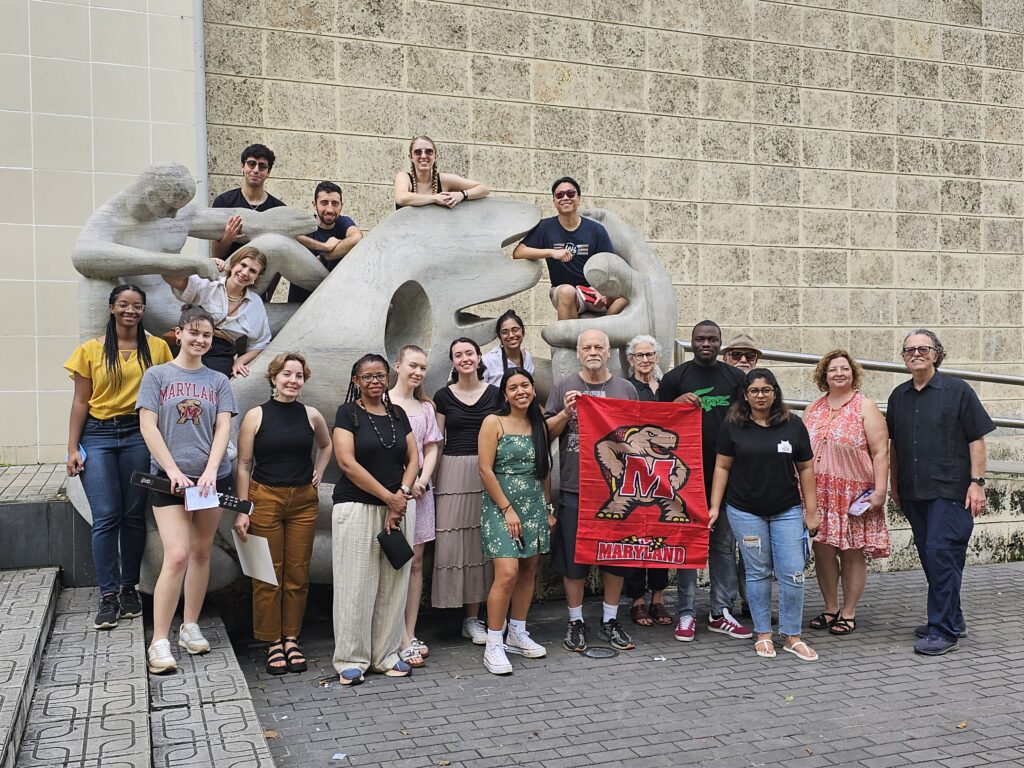
“Havana’s Art & Culture: The intersection of architecture, planning, preservation and economics” Questions or comments? email me: Reemberto[at]Gmail[dot]com
Reflection on the University of Maryland study abroad course conducted in early January 2024, coordinated by Reemberto Rodriguez and Dr. Gerrit Knaap; and delivered with the assistance of Cuban professors expert in each discipline.
As a Cuban who has lived outside the island for nearly 60 years and returned only less than 10 years ago, how wonderful to experience Havana with others: lectures from professors from there and here, interaction with University of Maryland students, and conversations with the Cuban people in the streets, bars, and homes.
We spent a mere few nights in Havana; thus we acknowledge that what we experienced is but a minutia of the Cuban reality. Our interest was focused on the four disciplines of the course (architecture, planning, preservation and economics) and how they manifest in the arts and culture. A tall order indeed! Such an examination would not yield definitive conclusions in months, much less in 2 weeks. Yet we persisted in absorbing the lectures, walks, meals, and other exposure with a critical mind; not just watching and hearing, but seeing and listening; not just accepting information, but asking deep questions.
And we also had fun. You can’t help but have fun in Havana. Music everywhere, awesome weather (in January), and gracious, beautiful people.
Simultaneously you are constantly aware of the hardships, lack of necessities, long lines, trash piles, and an economy spiraling downwards with hyperinflation. And, you are constantly aware that this island-nation of 11 million people has lost nearly ½ million people to immigration since the spark of the pandemic. That equals more than 4% of the population, and most of it is working age men. Painful indeed. Hard not to despair – or worse yet fall into desolation. Yet, the soul of the country persists. Its proud people push forward, surviving, excelling, and thriving in their own way.
Regarding its architecture: Havana is now a young 504 years old. Its ‘faded glory’ (as a Portuguese App calls it) shines through the many crumbling buildings and decrepit infrastructure. The ‘architecture of necessity’ is evident everywhere, “doing the impossible with next to nothing”: High floors subdivided; ingenious repurposing of interior spaces; and making the best out of old buildings. Yet there are also gorgeous examples of precious architecture everywhere – the art deco masterpiece which is the Bacardi Building, the neo-classic buildings around Central Park, the old fortification, and so much more.
Havana is a textbook example of various urban planning forms: Old Havana as the traditional colonial city; El Vedado and Miramar as ‘Savannah style’ grid system of the early 20th century; and East Havana as a glaring example of the failed Eastern European high rise ‘neighborhoods’. Public spaces in Havana abound, many re-imagined by the locals to serve as truly placemaking spaces. El Prado is an international gem; a stroll down El Malecon is an experience of a lifetime.
It is in historic preservation that Havana excels in many ways, under the leadership of Eusebio Leal (RIP) who is responsible for having Havana designated as a United Nations World Heritage site. Havana remains one of the most ‘real’ historic preservation sites in the European colonized world. The absence of new buildings (until the recent rash of megahotels), the absence of capital for major renovation, the inclusion of schools in the historic district, and the intentional presence of housing for locals (albeit much of it dilapidated) makes Havana a truly unique historic place. And, no historic preservation effort in the Americas can match the recently restored Capitolio or the eerie feel of Colon Cemetery.
And then there is the economics angle. Complicated. Determined by international affairs, with the crux of it being Cuba’s relation with the United States – a relationship that goes back centuries, but is now as sour as ever. The stranglehold of an out-of-date embargo and the unjustifiable designation of Cuba as a terrorist state by the US is an undeniable culprit of the awful current situation. And also a culprit is the inefficiencies of a centrally controlled economy which is welcoming investment way too slowly and overly regulating commerce. Yet entrepreneur bars abound – Bar H on 23rd street being a favorite.
These disciplines intersect most evidently in the arts & culture. Cuba’s commitment to the arts is undeniable. (Also undeniable is its strong-armed way of limiting the space for artistic expression). Cuban music (classical and modern), dance (with its world famous ballet), theater (avant garde in many ways), and visual arts (across the spectrum of quality and taste) are proud, defining components of the Cuban culture. A perfect example is the Fabrica de Artes Cubano, a truly unique multi-venue art/culture repurposing of an olive oil plant. Also ubiquitous and of an undeniable influence is the faith of Cubans. While most faith traditions are evident in Havana, the propensity of Catholic churches shapes the City; and Santeria’s underlying presence is everywhere.
There are so many stories to share, so many snippets on which to comment, so many observations to mull over. Best to browse through the pictures and mini-videos of the journey:
Compilations
.
Week One:
Sunday, Jan. 7th: GETTING THERE AND WELCOME DINNER

.
Monday, Jan. 8th: OLD HAVANA & PASEO DEL PRADO
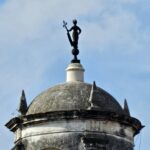
.
Tuesday, Jan. 9th: CENTRO HAVANA & CHINATOWN
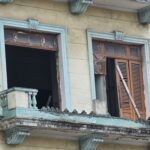
.
Wednesday, Jan. 10th: VEDADO & COLON CEMETERY

.
Thursday, Jan. 11th: MIRAMAR & CASAS DE LAS TEJAS VERDES
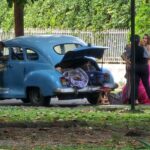
.
Friday, Jan. 12th: EAST HAVANA & MUSEO de LAS BELLAS ARTES (and Professors Dinner)

.
Weekend:
Students went to Pinar del Rio and Varadero Pictures to be added later
Reemberto joined his sister in a special faith event
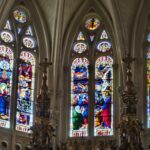
.
Week Two:
Monday, Jan. 15th: HOTEL NACIONAL (and San Cristobal Restaurant)
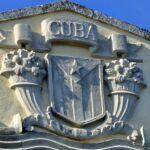
.
Tuesday, Jan. 16th: EL CERRO, 10 de OCTUBRE, CAÑONAZO (and Callejon de Los Barberos)
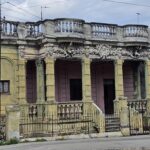
.
Wednesday, Jan. 17th: CAPITOLIO (Callejon de Hamel and Buena Vista Social Club)
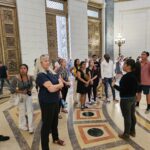
.
Thursday, Jan. 18th: PRESENTATIONS* & FAREWELL DINNER (*Extra: Google folder with students’ final presentations)
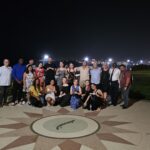
.
After students departed:
Friday, Jan. 19th: BEJUCAL, GUINES, GUANABO (and El Claxon Jazz)
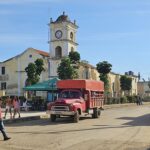
.
Saturday, Jan. 20th: MARTI MONUMENT
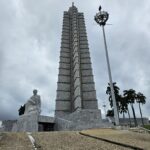
.
Sunday, Jan. 21st: JAZZ FESTIVAL, Pt I
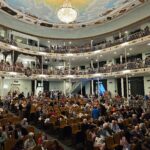
.
Monday, Jan. 22nd: JAZZ FESTIVAL, Pt II
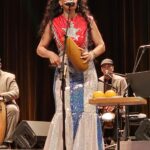
.
Video
YouTube clips from various moments (Includes performances for the Jazz Festival, el Malecon scenes, and much more)
All video clips from Google Photos (Includes much more than above; i.e.: small clips of fun at Bar-H, scenes from the bus, and more)
.
EXTRA
Top 10 signs of positive movement in Cuba:
(never enough to quench the nay-sayers)
- Ever so slight loosening of the embargo
- Increasing number of micro-enterprises
- Increasing evidence of investment
- Increasing evidence of number of construction projects – big and small
- Increasing presence of foreign tourists
- Increasing space for faith communities (unlike Nicaragua)
- Apparent interest in Vietnam model of governance
- Apparent less control of everyday complaining
- Aspirational decentralization of National government
- Continued cultural excellence
Top 10 signs of major challenges in Cuba:
(from disappointment to desperation to desolation)
- Long lines to cash government checks
- Public transportation sardine cans
- Piles of trash everywhere
- Increasing evidence of income disparity
- Chaotic monetary exchange and payment system
- Increasing unavailability of affordable basic goods – yet available with money
- Increasing absence of medication and deteriorating of (an already insufficient) health care system
- Increasing deterioration of infrastructure (water and road system)
- State heavy-handedness in surveillance, arbitrary questioning, and long prison terms for July 11 protestors
- Continued pressure – and desire – to emigrate
Questions or comments? email me: Reemberto[at]Gmail[dot]com